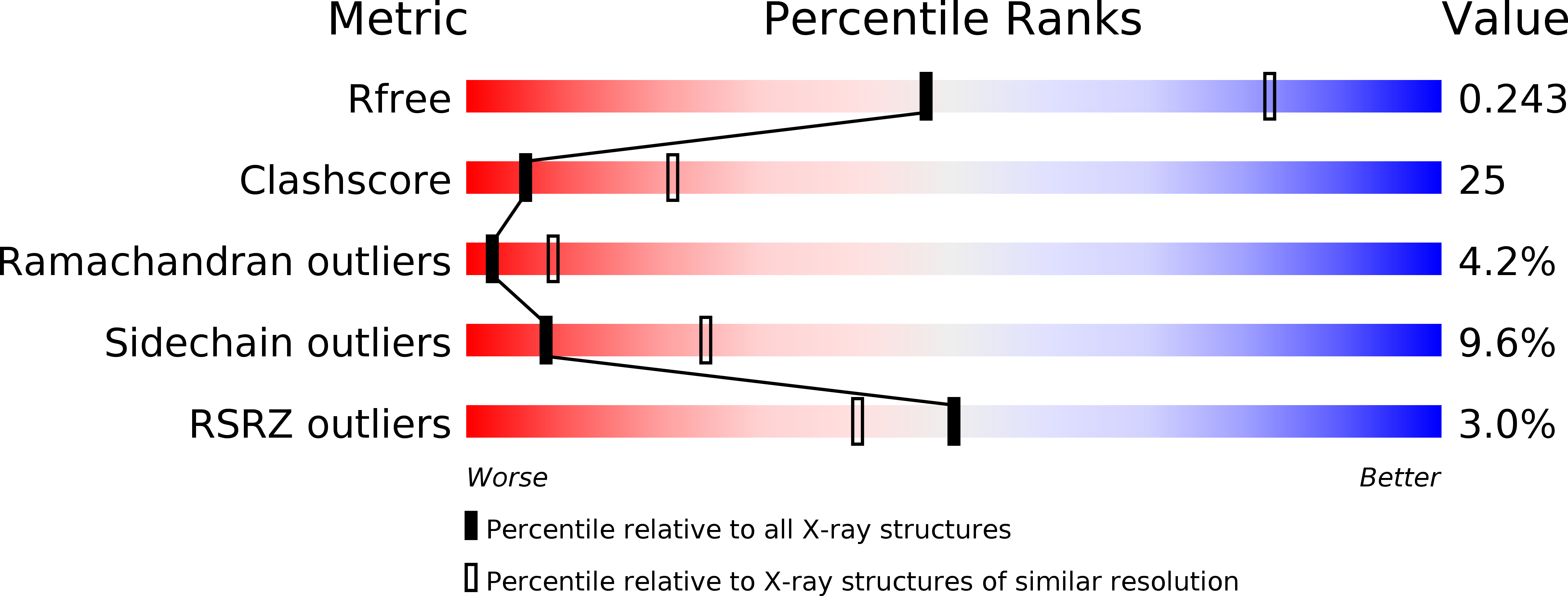
Deposition Date
2011-07-05
Release Date
2011-09-28
Last Version Date
2024-10-09
Entry Detail
PDB ID:
3SQ6
Keywords:
Title:
Crystal Structures of the Ligand Binding Domain of a Pentameric Alpha7 Nicotinic Receptor Chimera with its Agonist Epibatidine
Biological Source:
Source Organism:
Homo sapiens, Lymnaea stagnalis (Taxon ID: 9606, 6523)
Method Details:
Experimental Method:
Resolution:
2.80 Å
R-Value Free:
0.26
R-Value Work:
0.23
R-Value Observed:
0.23
Space Group:
P 1 21 1


